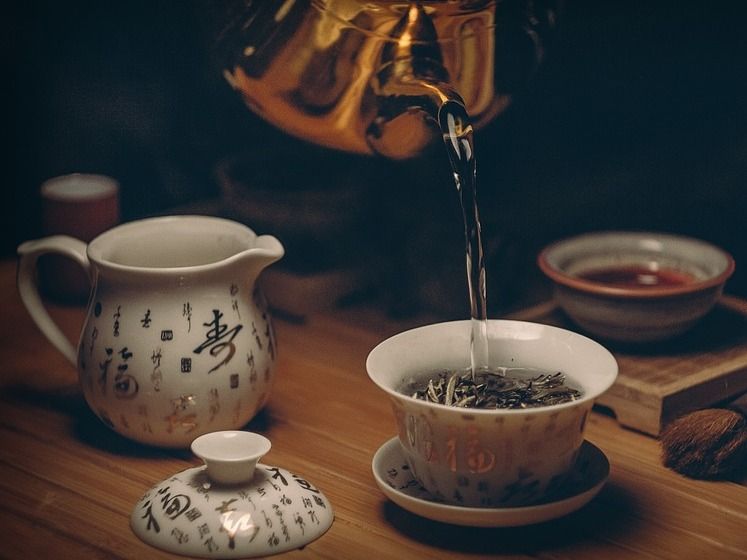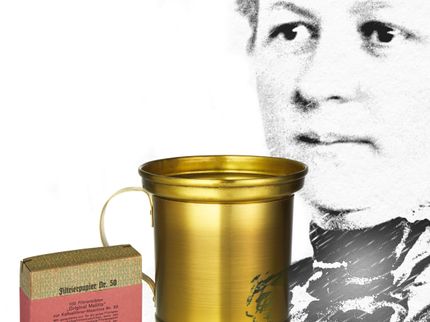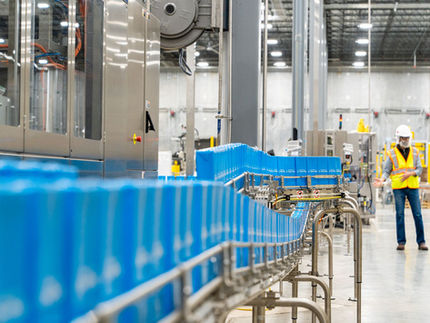Tea cafés – revolutionising tea drinking in India
tea, or chai as it is often referred to India, is a way of life for every Indian household. Recently there has been a trend of branded tea chains frothing up across India’s cities, as an upgrade to the ubiquitous tea stall. Tea stalls are a common sight across India, but they are typically fragmented and unorganised. In fact, according to an article by rediff, small roadside stalls are estimated to make up around 85% of this market.

Pexels/ Pixabay
The tea café chains emerging across India are giving consumers a midway option between at-home consumption and the humble roadside stall. A number of outlets similar to modern coffee chains have been set up, and are slowly changing the face of tea innovation in the country. These companies are looking to appeal to young Indians by offering them an upgraded version of the tea stall and their efforts are starting to pay off. Some of these start-ups are now national chains, though not yet at the level of their coffee counterparts.
These tea chains are a comfortable alternative to the open-air tea vendors, offering consumers a more relaxed environment, with seating and snacks.
Taking a cue from coffee
Coffee is not a commonly drunk beverage in India, which allowed cafés to drive the narrative, positioning coffee as a trendy, versatile drink and the outlets themselves as aspirational places. They offer comfortable seating, food and internet, evolving from a hangout for young people to also catering to professionals.
Initially, tea chains attempted to mimic this model, but it did not really take off since tea needs no introduction in India. They quickly moved away from increasing awareness of an already familiar product towards enhancing the tea-drinking experience.
Importantly, they provided an out-of-home option for tea other than from a roadside stall. They positioned themselves as casual to coffee shops’ sophistication, encouraging multiple visits a day to the once-in-a-while visit to coffee shops. This is in line with how tea is seen in India – as an energising drink consumed sweet, milky and strong several times a day. Many also add herbs and spices to tea, adding to its reputation as a flavourful wellness beverage.
This familiarity and homage to Indian roots are mainly what tea chains are bringing to the table in a contemporary setting. This shift in strategy appears to be paying off for the tea chains.
Appealing to India’s outgoing Millennials
Providing more varied options than coffee chains at lower prices goes a long way in appealing to consumers, especially experience-hungry Millennials.
For example, a cup of masala chai at Chaayos, one of India’s main tea chain companies, is priced at INR70 – while the cheapest coffee at Starbucks is for INR160. Tea chains also offer a larger food menu that will appeal to younger adults since they are more interested in eating out than older ones. Targeting Millennials is not surprising since almost one-third of the country’s population is in the 15-34 age group, who are likely to share their experiences online.
Other start-ups also offer a delivery option for office-goers. An example of this is Chai Point, which is one of India’s first tea chain start-ups. One of its main target audiences is office-goers and the company offers a convenient on-demand delivery service – something coffee chains have not been able to do. This has led to innovative packaging solutions, such as the disposable Chai Flask. Made from heat-retaining cardboard and a five-layer pouch within, it can keep tea hot for up to an hour.
Meanwhile, personalisation is a major selling point for Chaayos. Customers can choose from the amount of milk they use to a range of herbs and spices at no extra cost. With these various options, customers are said to have 12,000 ways of customising their tea, ensuring a cup of tea that is exactly to the customer’s liking.
Another example of the growing potential of tea chains was observed when Tata Global Beverages launched its own chain called Tata Cha in 2017, recognising the opportunity that tea cafés present in terms of convenience and choice for busy consumers. Tata’s entry into this space could mark the beginning of more store brands taking a serious look at tea cafés as an addition to their business while also engaging directly with consumers.
This highlights the need for brands to constantly reinvent themselves to reach new audiences, not necessarily with new products but with formats and consumption occasions that cater to changing needs. This can go a long way with new consumers without alienating brand loyalists, and boost overall tea consumption long-term.































































